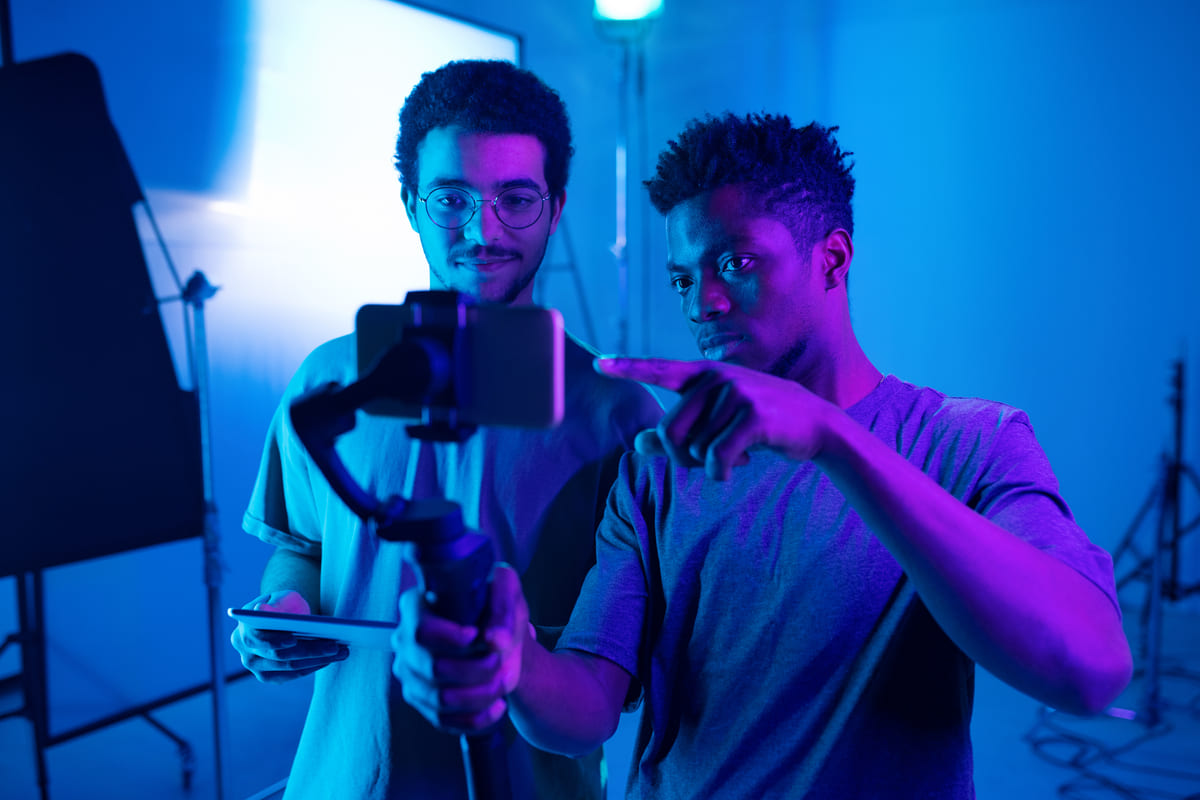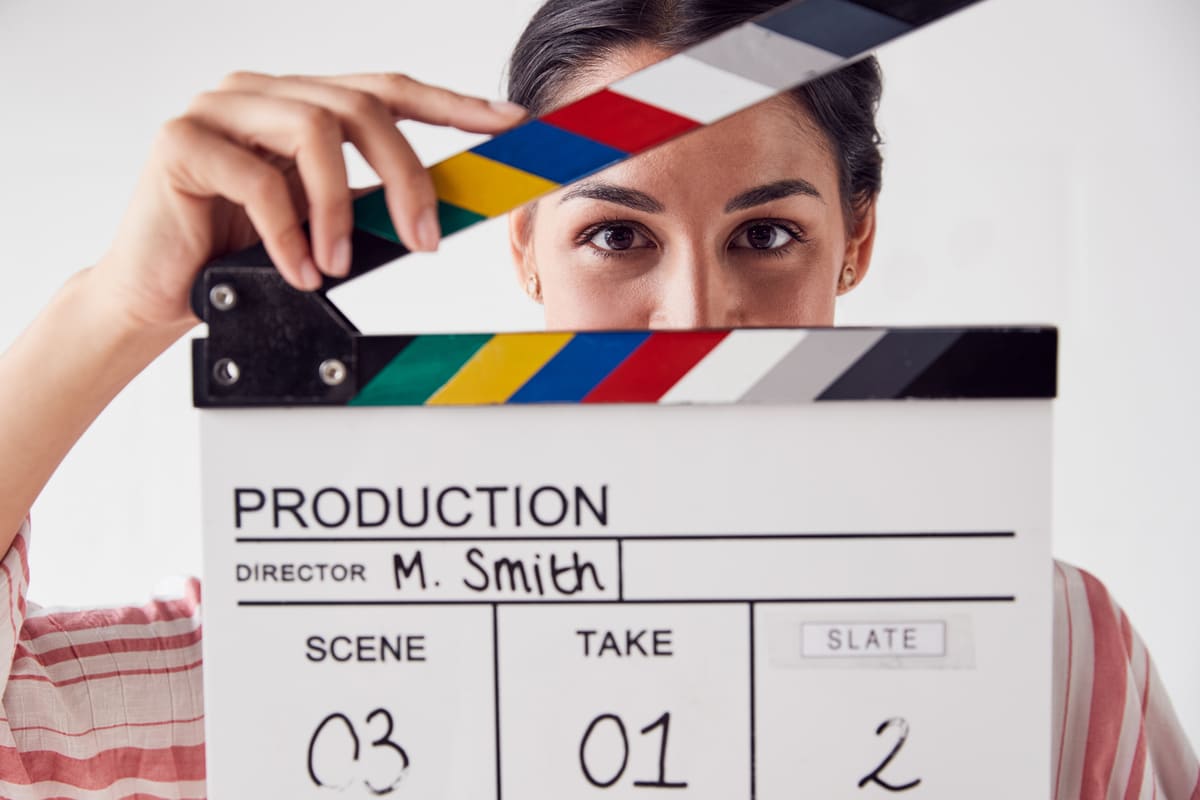As we’ve previously talked about in relation to the Director of Photography, there are differing “flavours” of director, who work in different ways. In relation to the editor, the difference relates to how much of a linear idea that the director has of how the work will be constructed before shooting has commenced or not. The most famous analogy in the world of film for this is the difference between directors Steven Spielberg and Stanley Kubrick.
Spielberg vs. Kubrick
Spielberg is a fan of storyboarding his entire feature to the nth degree – particularly in terms of set pieces, so he can see the entire film before a camera is even picked up. The job of his editor is to work with the story boarding and the linear footage to construct the creation. Stanley Kubrick worked in the opposite fashion, shooting hundreds of takes of the same scene from different camera angles and with altered dialogue. This would result in thousands of hours of footage that Kubrick and his editors would pour over to construct the film in the edit. These are extreme examples, but hopefully illustrate the varying scope of involvement provided by the editor.
The director will frequently sit in with the editor for periods of time as the production takes place. It is common for a director to have a good understanding of the rules of editing, due to the need to get the correct shots during the shoot to construct an edit which works visually.
Old vs. new
In times gone by, editors would cut using physical film and technology such as Steenbeck editing machines. These were of course, wonderful to play with and very physical, but not very time efficient and expensive if the film reels were damaged during the course of editing. Nowadays advancements in video production technology have all but consigned the Steenbeck generation to the dustbin of history. Nowadays editors use such digital tech as Avid and Final Cut Pro on Mac and digital video to edit their master pieces, without any chance of harming the fruits of the video productions labours.
Technology aside, what is interesting is how the visual editing language created decades ago by the likes of Lev Kuleshov and DW Griffiths and refined and developed by countless auteurs in the intervening years has been continually adopted by new editors, now working on the kind of kit that would make the early pioneer’s heads spin.


